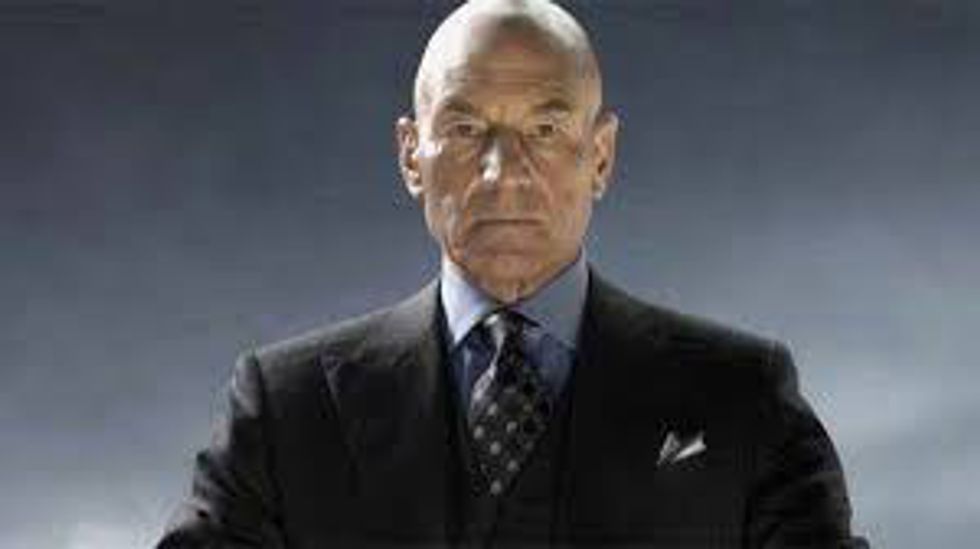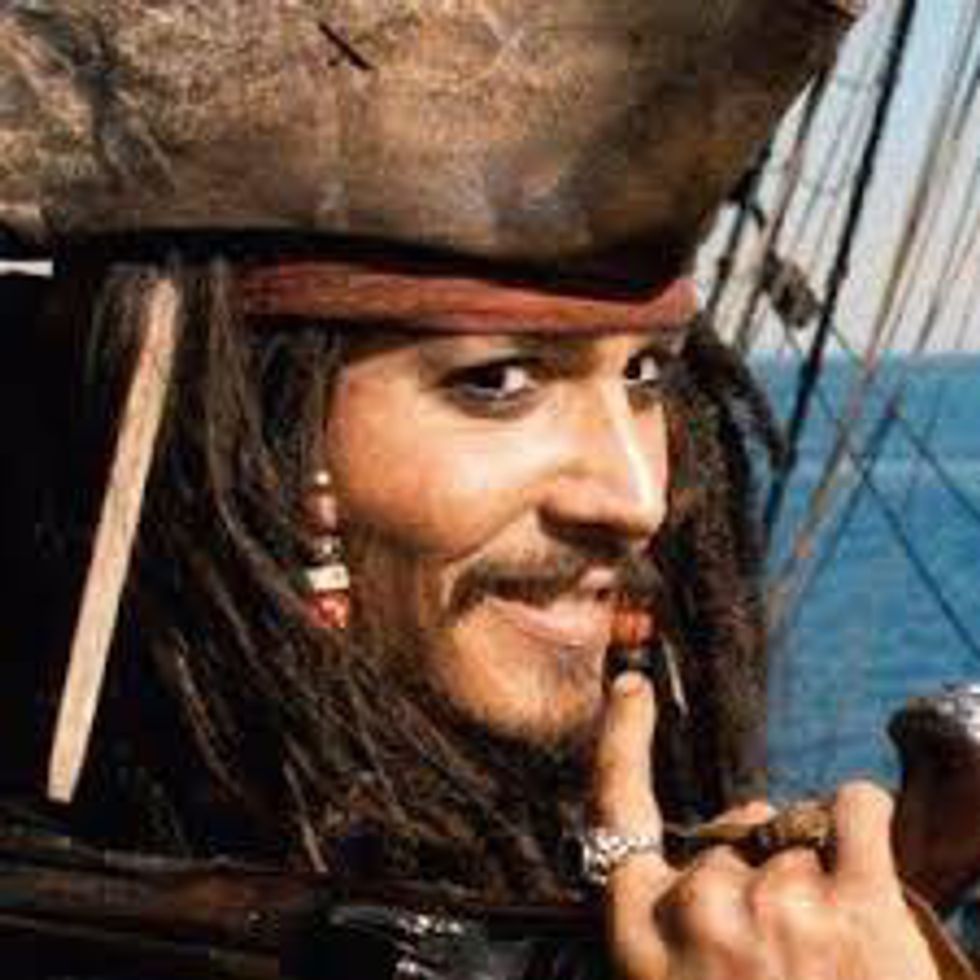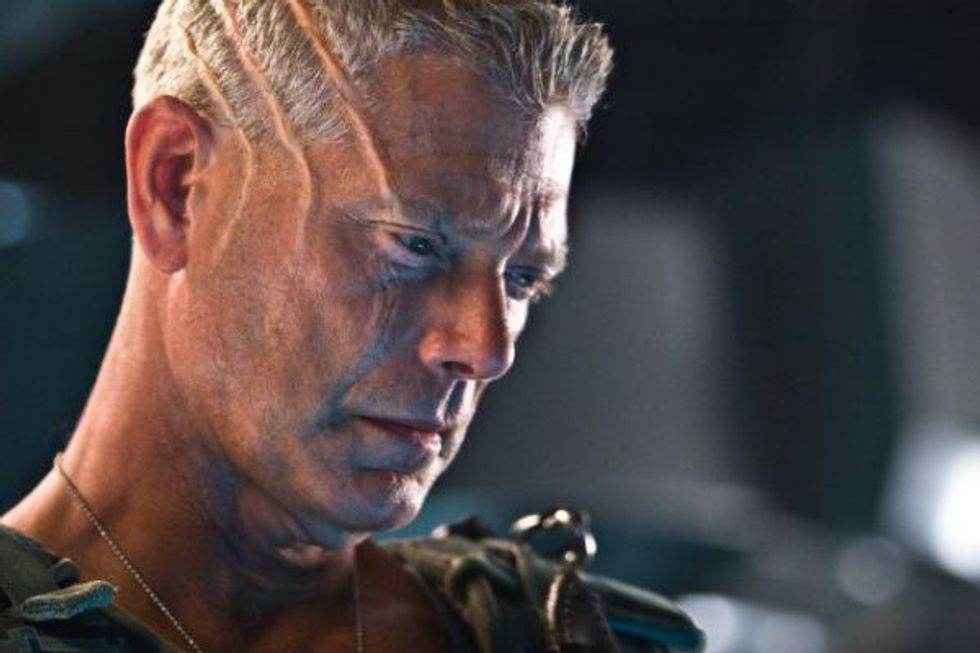I plan to spend the next two weeks examining the reader and the monomyth as described in Joseph Campbell's "Hero with a Thousand Faces." Yes, I know that sounds super boring but...
This is based on an earlier work and pared down from the original, so it runs a little long. Enjoy.
Part 1: The Force will be with you… Always – Obi Wan Kenobi in "Star Wars: A New Hope"
As far as my four-year-old imagination was concerned, I was jogging along the gray corridors of the Death Star, following the lead of Han Solo and his Wookie co-pilot, Chewbacca. The three of us were rushing headlong into the fight, blasters and bowcasters ready for action, only to find a room full of Stormtroopers. I needed to get off the Death Star, needed to get the blueprints into the hands of the rebels, needed to help Luke blow up the offending battle station, and needed to receive the medal for bravery. With these steps, I would bring the galaxy one step closer to being freed from the shackles of the corrupted and evil empire[1].
In reality, I was sitting on my grandmother’s couch; its polyester blend was patterned to look like delft pottery but aesthetically left much to be desired. The fabric scraped at my long, brown legs. I clamped my fists in the vain hope that I could will myself into the movie and tell Han and Chewie to go down a different hallway to avoid Imperial blasters. This was my first step into a larger world.
"Star Wars: A New Hope" was my first adult movie. It plucked me up from my Technicolor Disneyfied experience and showed me what a film could truly do. I knew this was no fairy tale as in Walt Disney fare;[2] there may have been some fantastical elements, but the tangible nature of Tatooine and Yavin 4 and the Falcon made me believe that this could have happened in that galaxy far, far away. Even at four, I knew this story.
We all know this story. It is the story of the young man or woman of ordinary up-bringing and incredible destiny,
the sagely advisor who invites him on a journey,
the rogue who helps the hero’s quest,
the damsel he must rescue,
and the devils and gods he encounters along the way.
It is the tale of leaving home, entering the new world, and returning to the homeland only to find oneself changed deeply. It is Gilgamesh, Odysseus, Beowulf, Arthur, Lucy, Harry, Frodo, Katniss, Batman, and, of course, Luke. Buried within each of our brains lies this story, and we recognize it in our fiction just as we want to recognize it in ourselves. At four years old, I was learning the fundamentals of Joseph Campbell’s idea of the Monomyth.
The Monomyth is our story, or as Campbell said, the “one great story of humankind” . In his seminal work, "The Hero With a Thousand Faces," Campbell discusses the parallels and the recurring themes between the world’s greatest stories, mythologies, and religious texts. From Campbell’s point of view, throughout time and throughout our world, humanity has a propensity to engage with the same themes, same characters, and same stories. We find the inevitable link between our ancestors and ourselves as we look at the Monomyth and how it expresses our fantasies and fears
Even at four, I was recognizing the universality of the story in Star Warsand in retrospect the patterns of my viewing, reading, and writing are ultimately informed by Joseph Campbell. But the impact was subtle and fragmented, and the origins of this idea were unknown to me until I was in high school, watching a documentary about the making of Star Wars. Regardless, the Monomyth’s ideas persisted throughout my life.
Part 2: I can’t stay with you here you know, love – Mrs. Whatsit in "A Wrinkle in Time"
What separates a good reader from a bad reader is not the ability to distinguish the graphemes into sounds, and then into words, and then into denotations; a good reader has the ability to make connections either within the narrative structure or to outside concepts, events, or people. This is called intertexuality.
In fifth grade, Madeleine L’Engle’s A Wrinkle in Time became the first book of my blossoming intertexuality. The spiraling cosmos, abstract mathematics, and fantastical beasts served as a vehicle for L’Engle to point to a higher truth in her writing. I wondered, out loud,[3] if L’Engle was a Christian.[4] L’Engle uses scripture as pivotal quotes of encouragement and wisdom for each character, mentions Jesus by name as one of the “very best fighters” in the struggle against universal evil, and makes love the ultimate weapon to subdue the powers of complete dark. I was connecting the themes in the "Kairos" Series, also known as the "Time Quintet," to the possible life philosophies of the author.
It was also plain to see that L’Engle’s story follows the Hero’s Journey. Meg, acting as the hero, is pulled from her home and must defeat an adversary greater than her imagination can comprehend. She is a seemingly unextraordinary person,[5] who finds herself in a position where she is the only one who can truly save the day; she faces a seductive force of evil only to be nearly defeated, she confronts her father, ultimately resists the seductive force of evil, and brings light back to the Camazotz. Compare that to "Star Wars: Return of The Jedi." The actionbeats are almost identical.
Mrs. Which, Mrs. Who, and Mrs. Whatsit take on the role of shaman or medicine man. We see this in "Star Wars" in Obi-Wan Kenobi, who Uncle Owen calls a crazy old hermit, or in the legend of Arthur in Merlin, whose real-life inspiration was a legitimate lunatic and who Geoffrey of Monmouth both called mad and prophetic in his "Vita Merlini." The three women in L’Engle’s novel are called witches, because this is the best way to describe their preternatural essence for the sake of the limited human vocabulary. But they also have odd quirks that would be considered madness by normal human standards; when Meg meets Mrs. Whatsit, the witch’s appearance is rather off-putting and ridiculous:
“The age or sex was impossible to tell, for it was completely bundled up in clothes. Several scarves of assorted colors were about the head, and a man’s felt hat perched atop. A shocking-pink stole was knotted about a rough overcoat, and black rubber boots covered the feet."
Yet underneath the façade of madness and quirkiness is immense power; just as Obi-Wan and Merlin give guidance to lead their heroes towards victory, the witches help Meg, Charles-Wallace, and Calvin face their adversary through the power of quotes, gifts, and advice. But this character type is present as far back as the Epic of Gilgamesh, in the character of Enkidu, the half-crazed man who befriends the hero and guides him down the path to greatness.
Of course ten-year-old me was less worried about the literary heritage of Mrs. Which, Who and Whatsit, and more concerned about important things, such as why the popular girls did not talk to me
or what boy was the cutest in my class.[6] I abandoned my early inklings of greater connection, chalking up to something I would look up later. This being the days before Wikipedia, where the religious affiliation of any public figure is listed on a publicly edited page, I did not find out my answer. It was not until I was in college, reading her essay “Icons of the True,” that I found the answer my fifth grade brain had still been looking for. At this point, I was already acquainted with the Hero’s Journey. And this time I was ready to think about that literary heritage, because I had been prepared while examining the works of the English language’s greatest writer.
But that's a story for next week.
[1] I cannot condone bringing about the end of a government’s power, no matter how corrupt that power may be. The resultant power vacuum would only create a bloody civil war to fill the void if the Extended Universe is to be believed. See also, most post-colonial third world countries for nonfictional examples.
[2] Dreamworks Animation was in the process of producing their first film at this time, Antz, so Dreamworks was, as of then, a non-entity in children’s entertainment. This was also at the tail end of the so-called Disney Renaissance, roughly the same year The Hunchback of Notre Dame was released.
[3] As is my habit and perhaps greatest vice. That is speaking out loud to myself as I read or write. I wonder if all creative types are plagued with the inability to work through anything without speaking the work into existence first.
[4] L’Engle was Episcopalian.
[5] The first chapter of the novel mainly deals with Meg Murray complaining about school because her parents are geniuses, her brothers were sporty, and she had plain brown hair.
[6] Top cuties in my fifth grade: Patrick, soccer playing nerd, Nick being in a close second place with his cool gelled spikes, and third was Patrick II, who had great eyes.






















 Photo by
Photo by  Photo by
Photo by  Photo by
Photo by 










